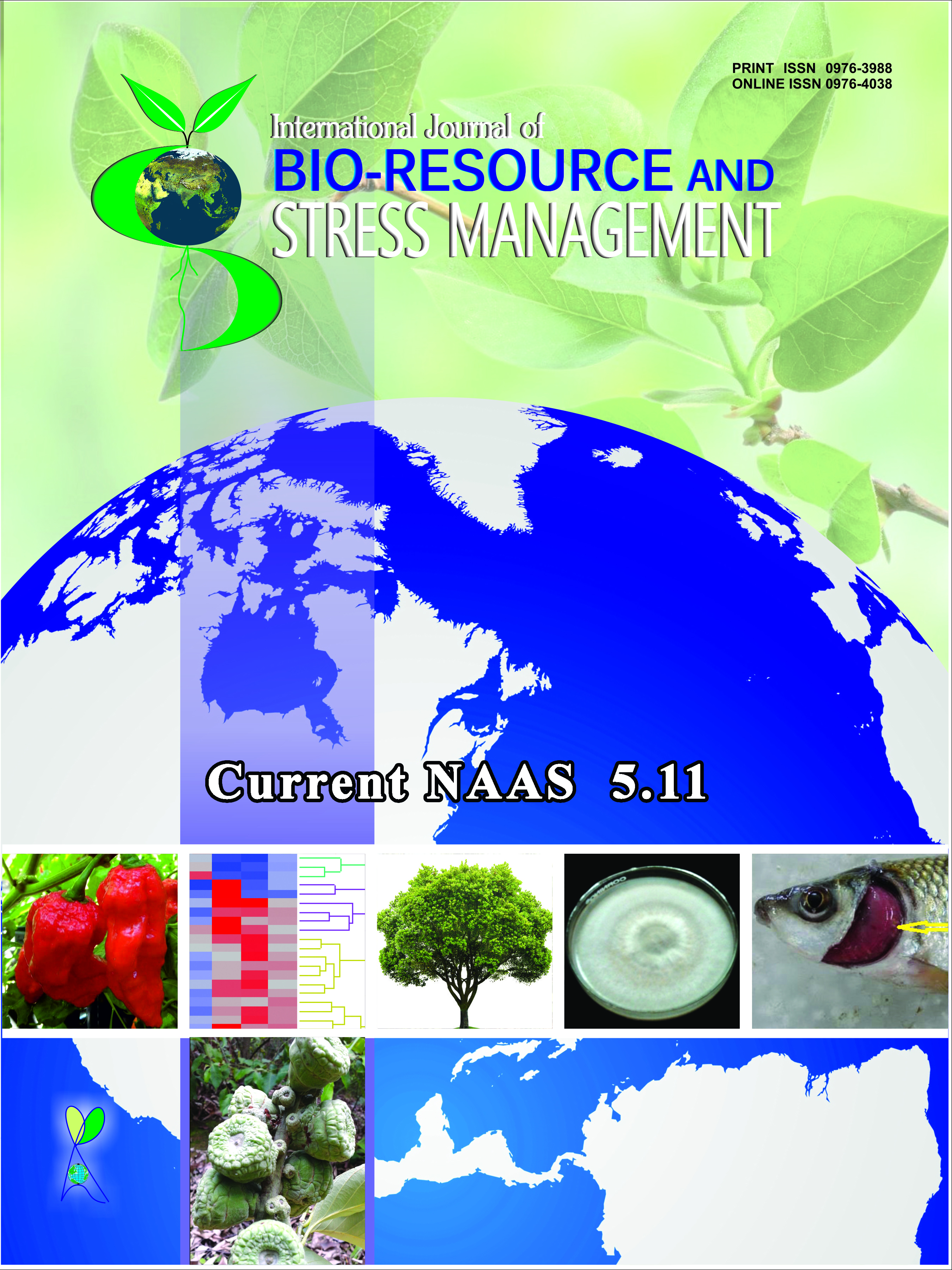Livestock Development in Meghalaya: Biodiversity, Threat and Conservation
Keywords:
Meghalaya, biodiversity, conservation, livestockAbstract
Meghalaya is very rich in animal fauna having a substantial number of livestock that includes cattle, buffalo, sheep, goat, pig and poultry. Along with crop production, farmers depend on livestock for their livelihood. The tribal populations of the state are non-vegetarian. Meat from pig, cattle, goat, sheep and poultry birds is mostly being consumed and there is no taboo for consumption of meat. In spite of having huge livestock and fish biodiversity, the region is not self sufficient in terms of livestock production. Meghalaya is highly deficient in all the livestock products like milk, meat, egg, etc. This may be attributed to the low productivity of the livestock and also due to the fact that the farmers have not taken up large-scale livestock farming as entrepreneur. There is a huge gap between demand and production of livestock particularly cattle, pig and poultry in the region. It is being imported worth thousand millions of rupees from neighboring states like Assam, Bihar, West Bengal and Andhra Pradesh to meet out the demand of meat and meat products. It is, therefore the need of the hour to understand the strength of faunal biodiversity of the region, the factors which are harmful for the biodiversity and measures to be taken to conserve it.
Downloads
Downloads
Published
How to Cite
Issue
Section
License
Authors retain copyright. Articles published are made available as open access articles, distributed under the terms of the Creative Commons Attribution-NonCommercial-ShareAlike 4.0 International License, which permits unrestricted non-commercial use, distribution, and reproduction in any medium, provided the original author and source are credited. 
This journal permits and encourages authors to share their submitted versions (preprints), accepted versions (postprints) and/or published versions (publisher versions) freely under the CC BY-NC-SA 4.0 license while providing bibliographic details that credit, if applicable.





